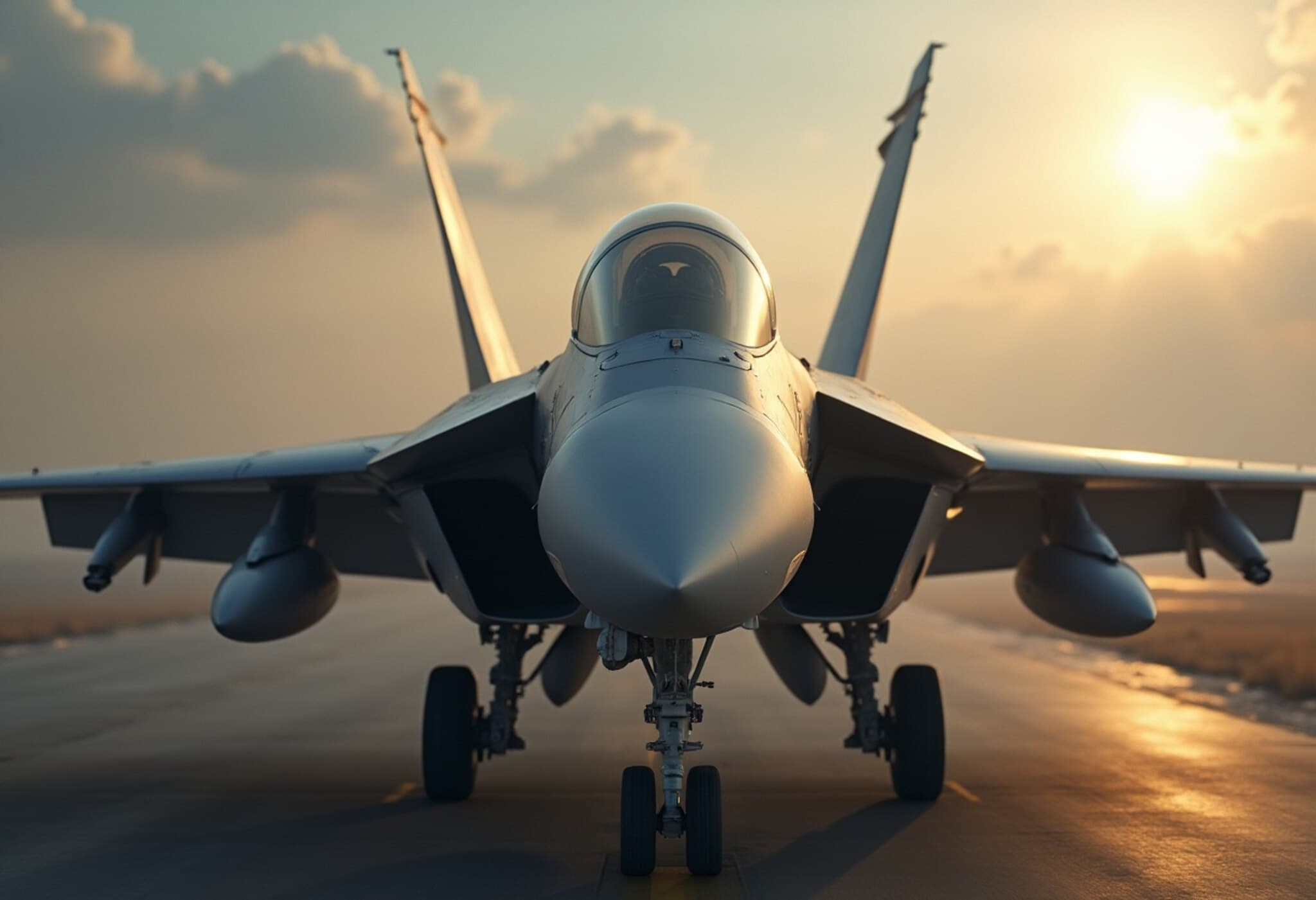India's S-400 Air Defense System Plays Pivotal Role in Operation Sindoor
In a significant revelation during the Air Marshal Katre Annual Lecture in Bengaluru, Indian Air Force (IAF) Chief Air Chief Marshal AP Singh announced that India's newly acquired S-400 Triumf air defense system successfully shot down at least five Pakistani fighter jets during Operation Sindoor. The operation, which unfolded amid heightened tensions two weeks after the Pahalgam terror attacks, demonstrated India's enhanced air defense capabilities and operational readiness.
Unprecedented Engagement at Extended Ranges
Air Chief Marshal Singh highlighted that the Pakistani jets were intercepted and eliminated at an impressive distance of approximately 300 kilometers, underscoring the long reach of the S-400 system. Additionally, the IAF managed to destroy several parked F-16 fighter jets housed at the Jacobabad airbase in Pakistan, dealing a considerable blow to their aerial assets.
“Our air defense systems have executed flawlessly. The S-400 system has truly been a game-changer in the region,” ACM Singh remarked. He further explained that the presence of the S-400 prevented the Pakistani Air Force from deploying their long-range glide bombs, as they were unable to breach the air defense bubble.
Targets and Tactical Impact
Beyond fighter jets, the IAF chief revealed that the mission included the downing of a large airborne platform—potentially an Airborne Early Warning and Control (AEW&C) or ELINT aircraft—which plays a crucial role in battlefield surveillance and electronic intelligence. ACM Singh declared this event as “the largest ever recorded surface-to-air kill,” emphasizing the strategic depth and effectiveness of Indian defenses.
Key Pakistani military infrastructure was targeted and damaged, including:
- The Shahbaz airfield in Jacobabad, where significant damage was inflicted on critical hangars and likely aircraft inside.
- At least two major command and control centers, notably in Murid and Chaklala.
- Destruction of six radar installations supporting Pakistan's air defense network, ranging from large to smaller units.
These strikes have reportedly undermined Pakistan’s operational surveillance and response capabilities.
Broader Strategic Implications
Defense analysts opine that the confirmed losses—fighter jets, high-value surveillance aircraft, command centers, and radar systems—could severely degrade the Pakistan Air Force's combat readiness in the near term. The IAF’s success with the S-400 system also signals a shift in air defense dynamics in South Asia, potentially altering future aerial engagement calculations.
ACM Singh's public acknowledgment marks the first official confirmation at the highest Indian military level, shedding light on the extent and precision of the operation. This transparency bolsters public confidence in India’s defense apparatus while sending a clear deterrent message to adversaries.
Expert Commentary: The Air Power Paradigm Shift
From a defense technology perspective, the induction of the S-400 has significantly expanded India's layered aerial defense, marrying advanced radar tracking with lethal surface-to-air missiles capable of engaging diverse aerial threats at long distance. This capability not only extends India’s defensive reach but also exemplifies a growing emphasis on countering emerging aerial threats, including stealth aircraft and precision-guided munitions.
Moreover, the elimination of AEW&C platforms raises questions about Pakistan’s future situational awareness and force coordination capabilities, potentially compelling them to rethink their air strategy. For U.S. and NATO observers, the event serves as a case study on the evolving use of integrated air defense systems in densely contested airspaces.
What Lies Ahead?
While Operation Sindoor underscores India's technological edge, it also reignites debates concerning regional stability and the risks of rapid military escalation between nuclear-armed neighbors. The incident invites policymakers to weigh deterrence against diplomatic engagement to prevent prolonged conflict.
Editor’s Note
Operation Sindoor demonstrates how modern air defense systems like the S-400 can decisively influence battlefield outcomes, marking a paradigm shift in South Asian military dynamics. However, the operation’s broader implications for regional security, deterrence postures, and diplomacy remain critical questions for governments and analysts alike. As India solidifies its air superiority claims, monitoring Pakistan’s response and adjustments in its military doctrine will be essential to understanding the future balance of power.



















